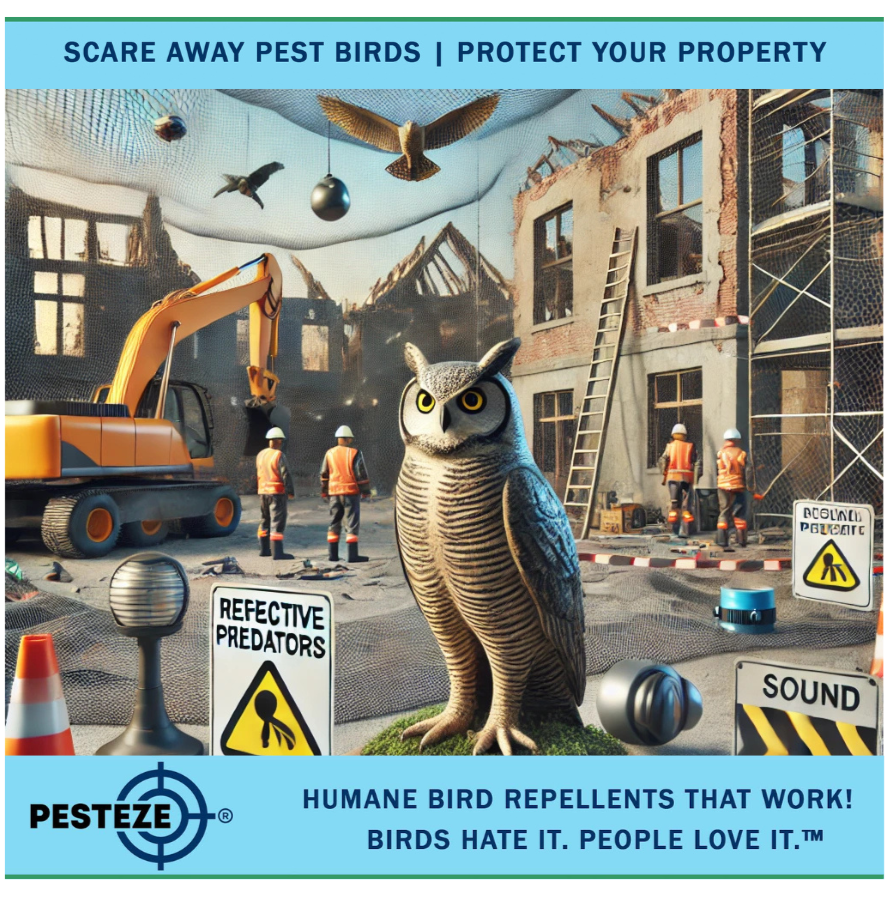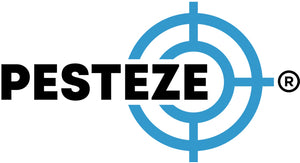KEEPING BIRDS AWAY FROM RECOVERY SITES

KEEPING BIRDS AWAY FROM RECOVERY SITES
SUMMARY
In disaster recovery zones, birds can disrupt restoration efforts, contaminate supplies, and create additional challenges for cleanup crews. To minimize interference, it’s essential to implement effective bird deterrent strategies. Methods such as reflective tape, sound deterrents, and netting can help prevent birds from nesting or gathering in restricted areas. Reducing food sources and modifying habitats also play a crucial role in keeping birds away. By taking proactive steps, you can ensure that disaster recovery proceeds smoothly and efficiently without the added complication of bird-related disruptions.
FEATURES
- Reflective Deterrents: Use reflective tape, scare balloons, or metallic streamers to create visual disturbances that scare birds away.
- Sound Devices: Deploy ultrasonic repellers or distress call systems to deter birds without harming them.
- Physical Barriers: Install netting, spikes, or wire systems to block birds from perching in key areas.
- Food Source Removal: Eliminate exposed food, standing water, and waste to make the area less attractive to birds.
- Controlled Access: Restrict access to recovery zones with temporary fencing or coverings to prevent bird intrusions.
- Decoy Predators: Place realistic bird-of-prey decoys in the area to discourage birds from settling.
DESCRIPTION
Disaster recovery zones require careful management to restore infrastructure, clean up hazardous materials, and rebuild communities. However, birds can become a significant problem in these areas, interfering with restoration efforts by nesting in structures, scavenging debris, or contaminating supplies. Addressing this issue requires a combination of visual, auditory, and physical deterrents to keep birds away without causing harm.
Visual deterrents like reflective tape and scare balloons are highly effective in discouraging birds from settling in recovery zones. These devices create unpredictable light reflections and movement, making birds uncomfortable. In addition, sound-based repellents such as ultrasonic devices or distress call systems can create an environment that birds find unwelcoming, further encouraging them to leave the area.
Physical barriers provide another layer of defense. Netting, spikes, and wire systems can prevent birds from perching on buildings, vehicles, and recovery equipment. Temporary fencing can also restrict access to specific areas, minimizing the likelihood of birds interfering with recovery efforts. Additionally, habitat modification plays a crucial role in deterring birds—removing food sources like spilled waste, standing water, or unsecured trash makes the area less appealing.
Strategically placing decoy predators, such as owl or hawk statues, can further deter birds. These decoys create the illusion of a predator's presence, reducing the likelihood of birds nesting or roosting in the area. By combining multiple deterrent strategies, disaster recovery teams can protect their work sites, minimize disruptions, and ensure that reconstruction efforts proceed smoothly.
- Maanas Mehta


Comments 0